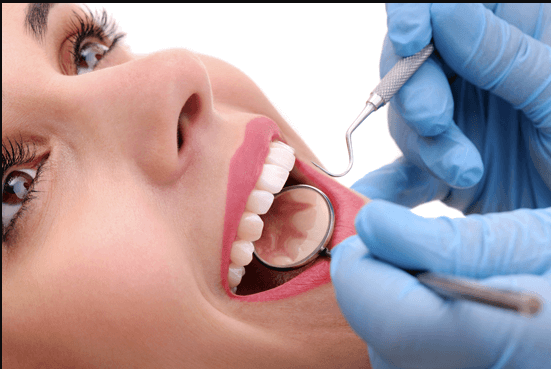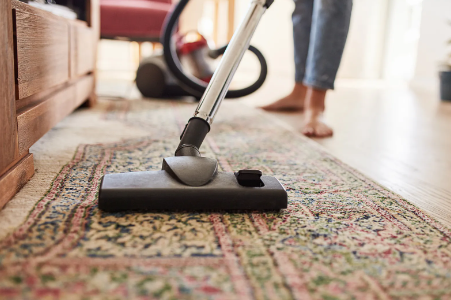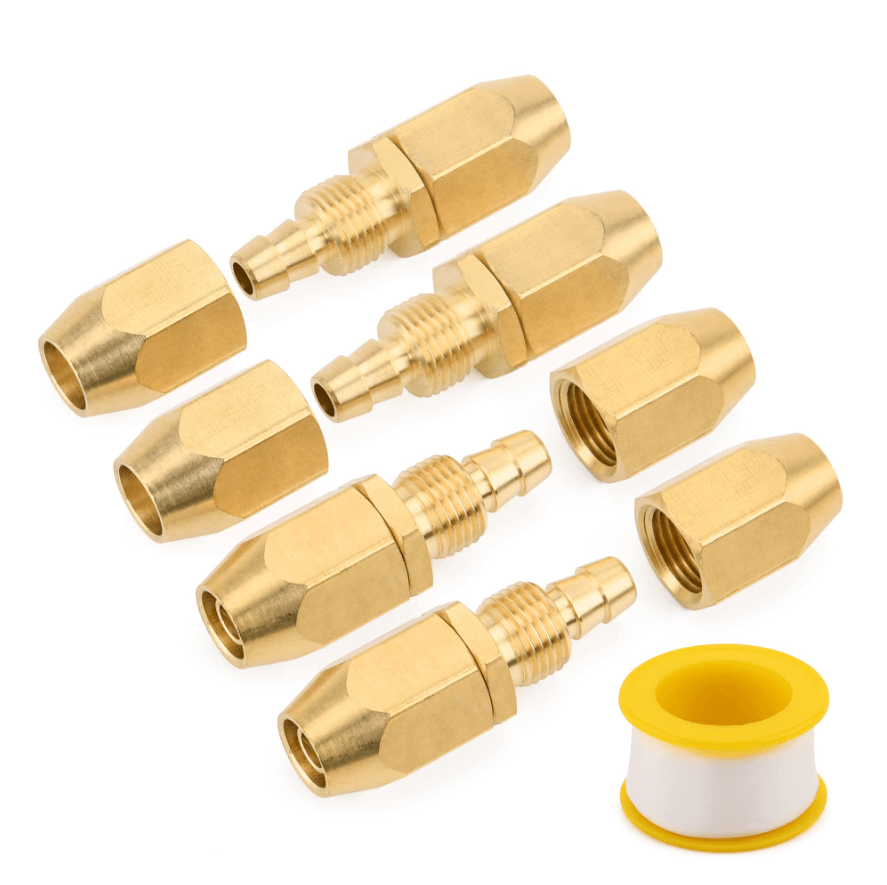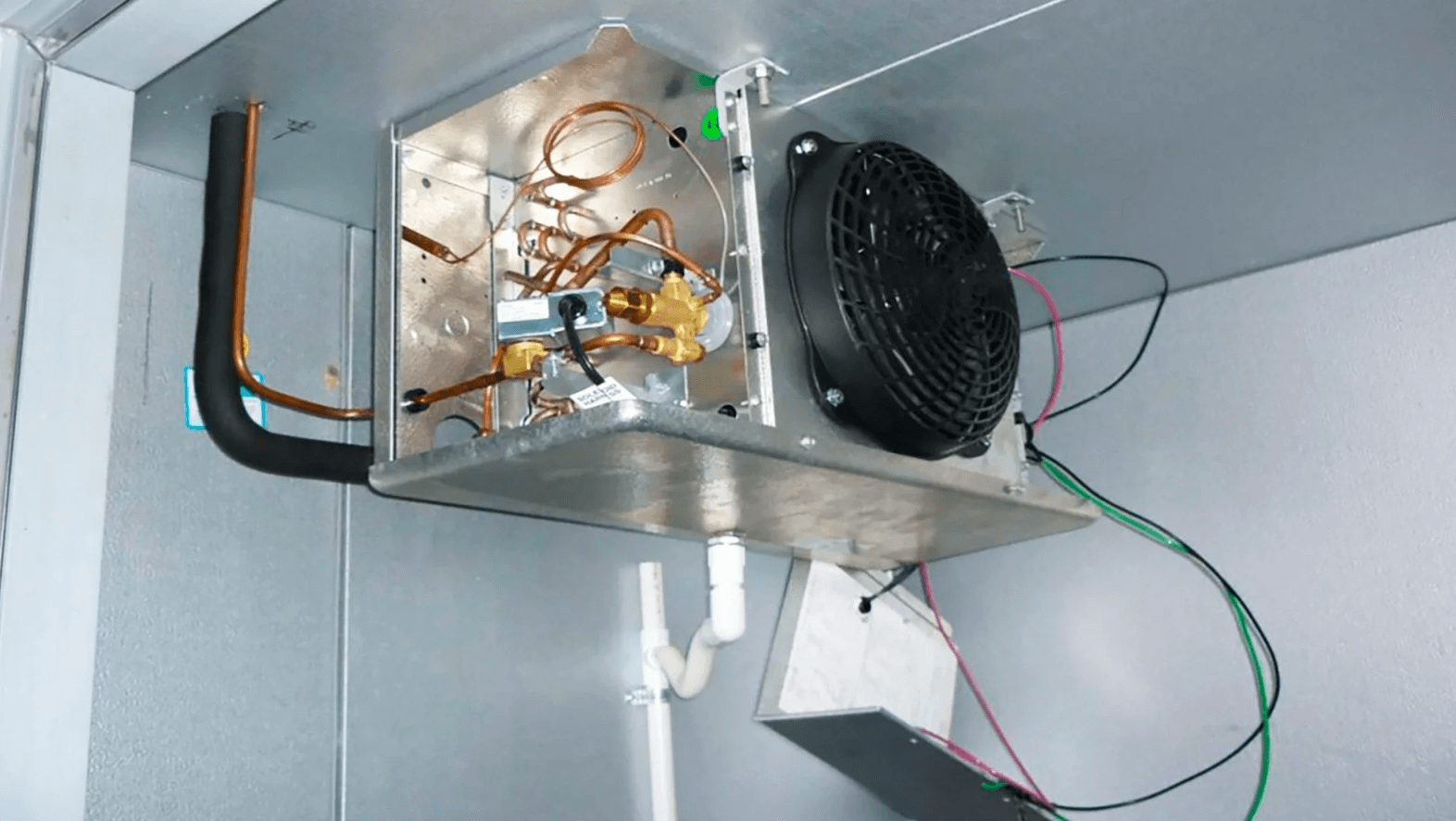Regular dental cleanings play a vital role in keeping our teeth and gums healthy. Over the years, advancements in technology have revolutionized dental care, and one such innovation is dental cleaning. In this article, we will explore the benefits, procedure, and frequently asked questions about laser dental cleaning.
What is Laser Dental Cleaning?
Laser dental cleaning, also known as laser-assisted dental cleaning or laser scaling, is an innovative technique used to remove plaque, tartar, and bacteria from the teeth and gums. It involves the use of a dental laser device to perform the cleaning procedure.
How Does Laser Dental Cleaning Work?
During dental cleaning, a highly focused laser beam is directed onto the teeth and gums. The laser energy targets and vaporizes the bacterial deposits, tartar, and diseased tissue, leaving the healthy tooth structure intact. The laser also has a cauterizing effect, which minimizes bleeding and promotes faster healing.
Advantages of Laser Cleaning
Laser cleaning offers several advantages over traditional cleaning methods:
- Precision: The laser can target specific areas with accuracy, allowing for a more precise cleaning.
- Minimized Discomfort: The laser’s energy sterilizes the treated area, reducing the risk of infection and minimizing post-treatment discomfort.
- Faster Healing: The laser’s cauterizing effect promotes faster healing and reduces the recovery time.
- Reduced Bleeding: The laser’s precision and cauterizing effect minimize bleeding during the procedure.
- Preservation of Healthy Tissue: Laser cleaning selectively removes diseased tissue while preserving the surrounding healthy tissue.
Is Laser Dental Cleaning Painful?
Laser cleaning is generally not painful. The laser energy is gentle and causes minimal discomfort. However, some patients may experience slight sensitivity during and after the procedure, which can be managed with over-the-counter pain relievers or desensitizing toothpaste.
Who Can Benefit from Dental Cleaning?
Laser cleaning is beneficial for individuals with various dental conditions, including:
- Gum disease (gingivitis or periodontitis)
- Deep gum pockets
- Dental plaque and tartar buildup
- Tooth stains and discoloration
It is important to consult with a dentist to determine if dental cleaning is suitable for your specific oral health needs.
The Laser Cleaning Procedure
The laser cleaning procedure typically involves the following steps:
- Evaluation and Preparation: The dentist will examine your oral health and determine if dental cleaning is the right option for you.
- Numbing the Area: Local anesthesia or a numbing gel may be applied to ensure a comfortable experience during the procedure.
- Laser Cleaning: The dentist will use the dental laser to remove plaque, tartar, and bacteria from the teeth and gums. The laser energy will also help eliminate diseased tissue.
- Rinsing and Examination: After the laser cleaning, the dentist will rinse your mouth to remove any debris. They will then examine the treated areas to ensure optimal results.
- Post-Treatment Care: The dentist may provide instructions on proper oral hygiene practices and recommend any necessary follow-up appointments.
Aftercare and Recovery
After laser cleaning, it is important to follow the dentist’s instructions for optimal healing and oral hygiene. Some general aftercare tips include:
- Avoid eating or drinking hot substances for a few hours.
- Follow a soft-food diet for a day or two, if recommended by the dentist.
- Attend any scheduled follow-up appointments for evaluation and maintenance.
Cost of Laser Cleaning
The cost of laser cleaning can vary depending on various factors, including the geographical location, the extent of the cleaning required, and the dentist’s expertise. It is best to consult with your dentist to obtain an accurate cost estimate.
Are There Any Risks or Side Effects?
Laser cleaning is considered safe and minimally invasive. However, as with any dental procedure, there are potential risks and side effects, including:
- Sensitivity to hot or cold temperatures
- Mild gum irritation
- Temporary tooth sensitivity
- Discomfort during or after the procedure
- It is important to discuss any concerns with your dentist before undergoing the procedure.
How Does Dental Cleaning Compare to Traditional Methods?
Laser cleaning offers several advantages over traditional cleaning methods, including:
- Greater precision in targeting specific areas
- Reduced discomfort and pain during and after the procedure
- Faster healing and recovery time
- Minimized bleeding during the cleaning process
- Preservation of healthy tissue
However, traditional cleaning methods still have their place in certain situations, and your dentist will determine the most appropriate approach based on your specific needs.
Frequently Asked Questions (FAQs)
- Can dental cleaning whiten teeth? Laser cleaning can remove surface stains and discoloration, resulting in a brighter smile. However, it is not a teeth-whitening procedure. For significant teeth whitening, other treatments may be recommended.
- Is laser cleaning suitable for children? dental cleaning can be performed on children; however, the dentist will assess their oral health and determine if it is necessary or beneficial. Read more…
Conclusion
Laser dental cleaning is an advanced approach to oral hygiene that offers precision, minimal discomfort, faster healing, and preservation of healthy tissue. With its numerous advantages, laser cleaning has become a popular choice for individuals seeking effective and efficient dental cleaning procedures. Consult with your dentist to determine if dental cleaning is suitable for your oral health needs.











